The Special Olympics Were
A-W-E-S-O-M-E
From Ferocious Inline Skaters to Ace Ping-Pong Players, a Look Back at the Year's Largest Sports Gathering
by Steve Hymon
After work last Tuesday, I went to the University of Southern California to photograph swimming events at the Special Olympics World Games. I was fiddling with my camera when I heard some cheering at the tail end of a freestyle relay event.

All but one of the teams had finished the race. A lone swimmer from Slovenia was in the middle of the pool, treading water. Instead of finishing his lap, he turned around to get out.
But people in the stands and poolside volunteers motioned for him to stop and again turn around. After a brief pause the swimmer reconsidered, and quite courageously swam the last three laps all alone. It was the very embodiment of the Special Olympics motto that says, “Let me win, but if I cannot win, let me be brave in the attempt.”
About 7,000 athletes from 177 different countries traveled to Los Angeles for the World Games, an event widely billed as the largest sports gathering of 2015, with competitions in 25 sports. It was by most accounts a great week for participants, fans, and volunteers, although I’m not sure how many Angelenos really noticed.
When I picked up my press pass, I had no idea what to expect. I knew the Special Olympics were for athletes with intellectual disabilities and I knew that many people—myself included—sometimes confused them with the Paralympics, which include athletes with physical disabilities as well.
What I expected to see: many relentlessly feel-good, teary-eyed photo ops. Lots and lots of hugs and crying.
What I actually witnessed: hard-fought games and races between skilled and dedicated athletes, many of whom showed no obvious signs of having intellectual disabilities. Kleenex moments were relatively few.
Last Thursday, at USC’s Galen Center, I watched a women’s basketball game between Mexico and Ecuador. A Central America smack down! Mexico, which had a height advantage, raced to a 10 to 0 lead. But Ecuador had a good plan. They played ferocious defense, created a turnover, and then heaved a half court pass to an uncovered cherry picking forward.
It almost worked, but Ecuador’s shots kept clanging off the rim or finding nothing but air. Nonetheless, the team hung in there, and in the third quarter, their shots finally started hitting the net. The final was 21 to 18, in Mexico’s favor. I left the arena thinking I had watched a basketball game that was enormously entertaining, Special Olympics or otherwise.
That’s how it went all week, whether the sport was power lifting, table tennis, or dressage. In an inline speed skating race—a sport not usually associated with the Middle East—two Jordanian skaters circled the track in a hell-bent manner that revealed their strategy: win or crash trying.
They managed to do neither. But it was a-w-e-s-o-m-e. And when it was over, I must have been wearing the mother of all smiles because the elder of the two, 34-year-old Marcil Mah’d, looked directly at me, nodded and smiled back. I’ve rarely felt so honored.





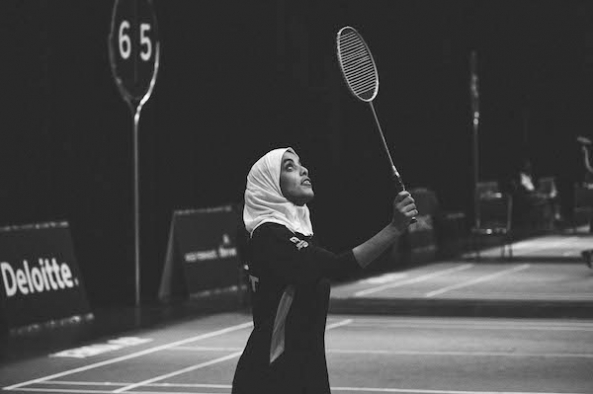
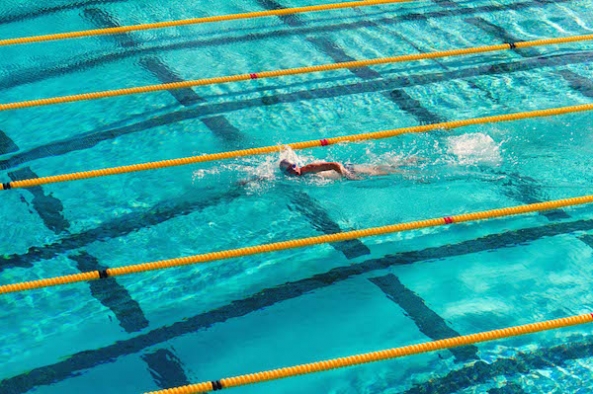

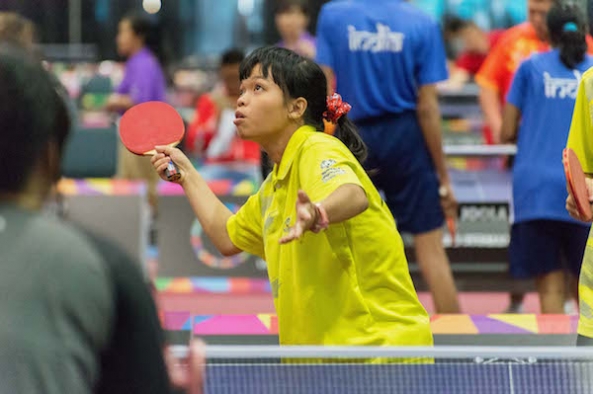
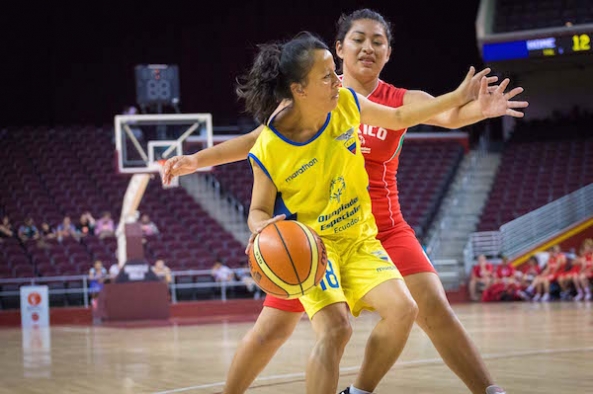
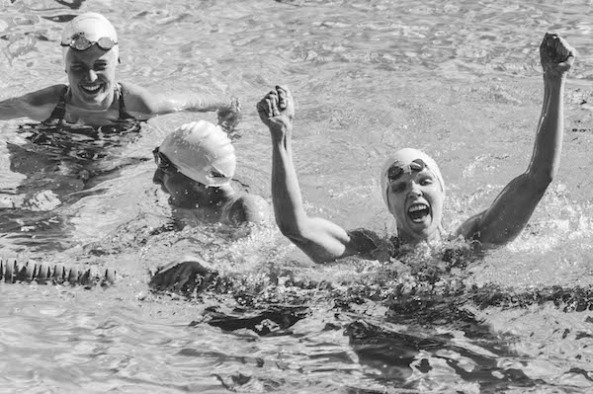

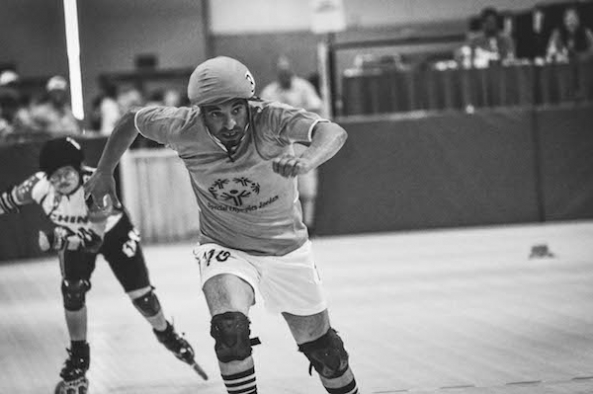
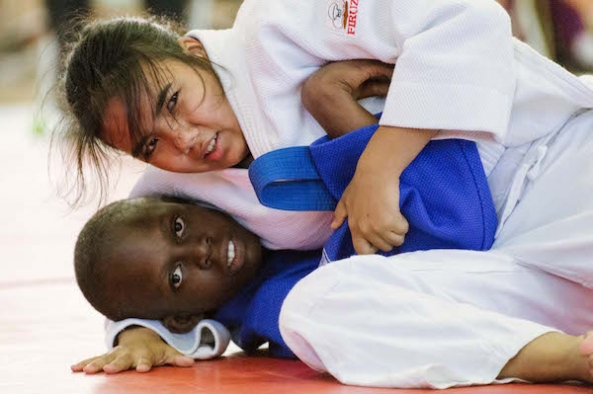


Send A Letter To the Editors